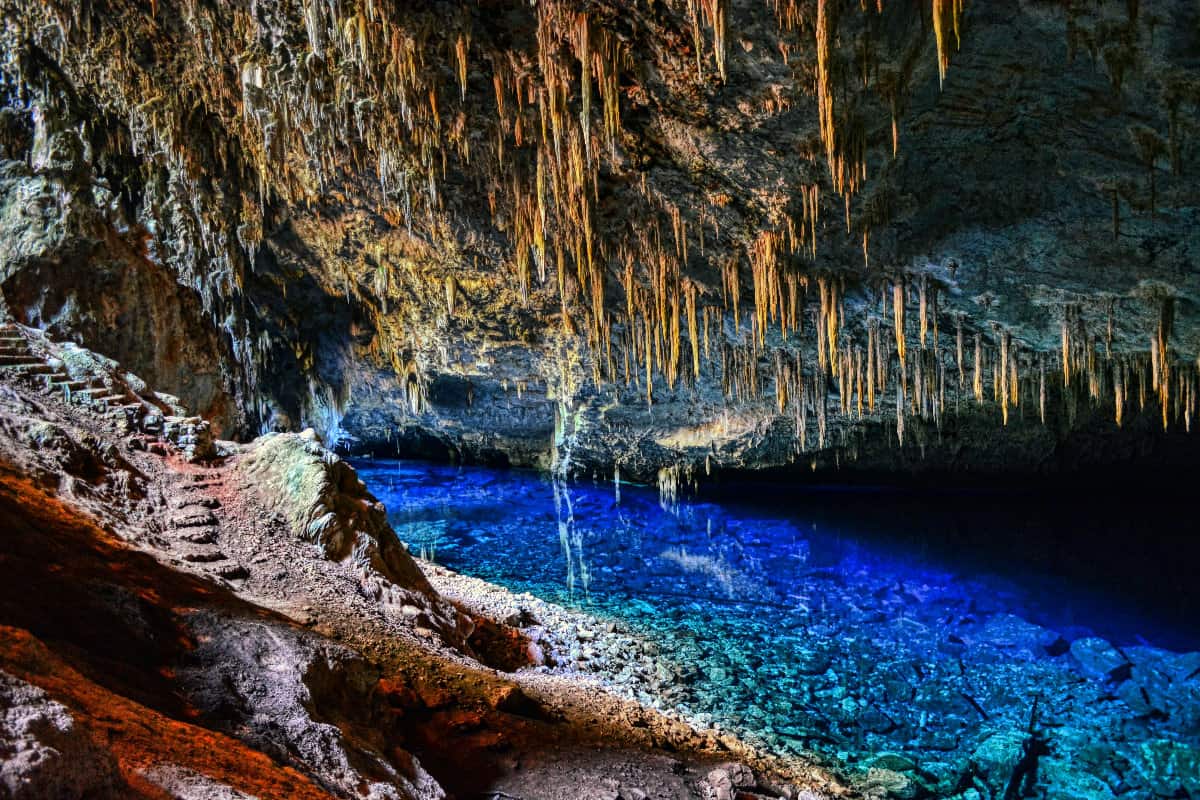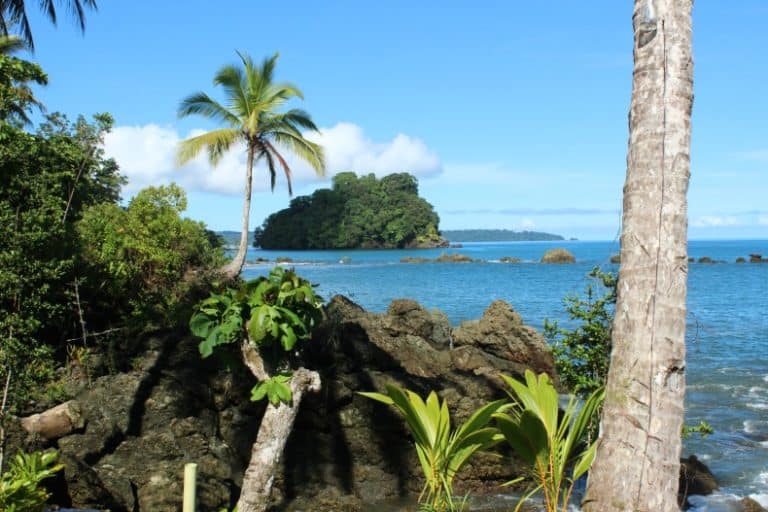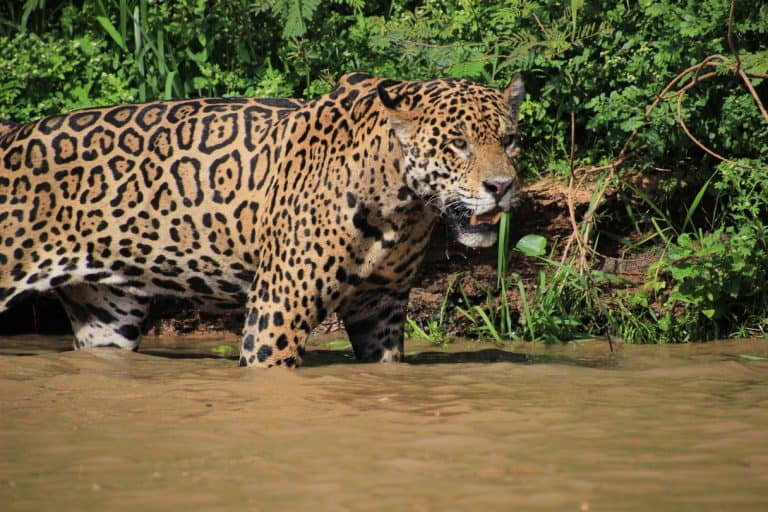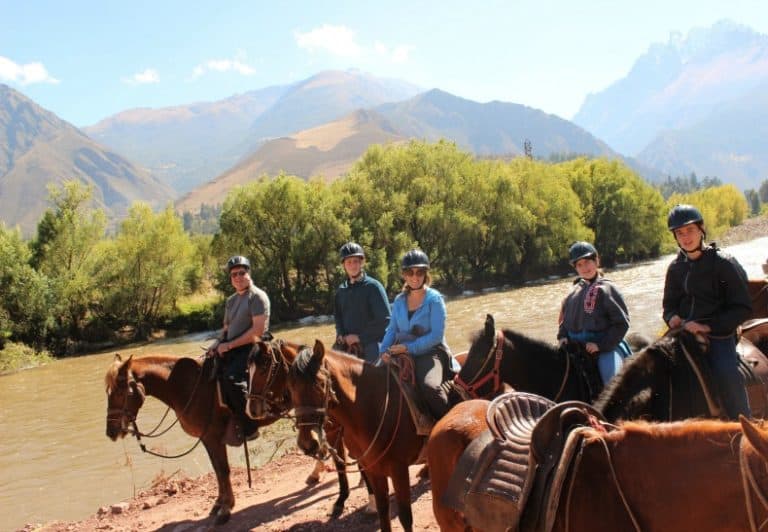Best Things To Do In Bonito In Brazil (2024)
Last Updated on May 29, 2024 by Nicole
Bonito is a municipality located in the Brazilian state of Mato Grosso do Sul. It is an ecotourism and adventure paradise, offering natural landscapes, crystal clear water rivers, grottoes, caves, and amazing bird viewing. My husband and I spent 3 days exploring this area and its natural wonders and had an extraordinary time. In this article, I include our 3 day itinerary in Bonito, a planning guide, and my review of the activities so that you can decide whether this destination should be added to your holiday to Brazil.
This post may contain affiliate links. That means that I may earn a small commission, at no extra cost to you, if you buy something through my site. This helps me run my website and produce the articles that I hope you find helpful.
At A Glance
I know you are busy. If you only have a couple minutes to spare, here are the key takeaways from this article.
- Bonito is located south of the Pantanal. It is a center of ecotourism in Brazil and offers many incredible and unique adventures in nature.
- You can descend into caves, snorkel in crystal clear waters, and see a lot of amazing wildlife, including Giant Anteaters and Macaws.
- Bonito offers lots of wonderful accommodation and restaurants.
If you can find more time, try to read my full article. It explains my suggestions, gives you details about experiences that you will have, and provides travel tips.
Background To Our Trip To Bonito
Our 3 day getaway to Bonito came after 10 days in the North and South Pantanal where we spent our time enjoying fantastic wild life viewing. This included seeing 14 jaguars, hundreds of caimans, lots of capybara and Giant otters, tapirs, and hundreds of exotic birds.

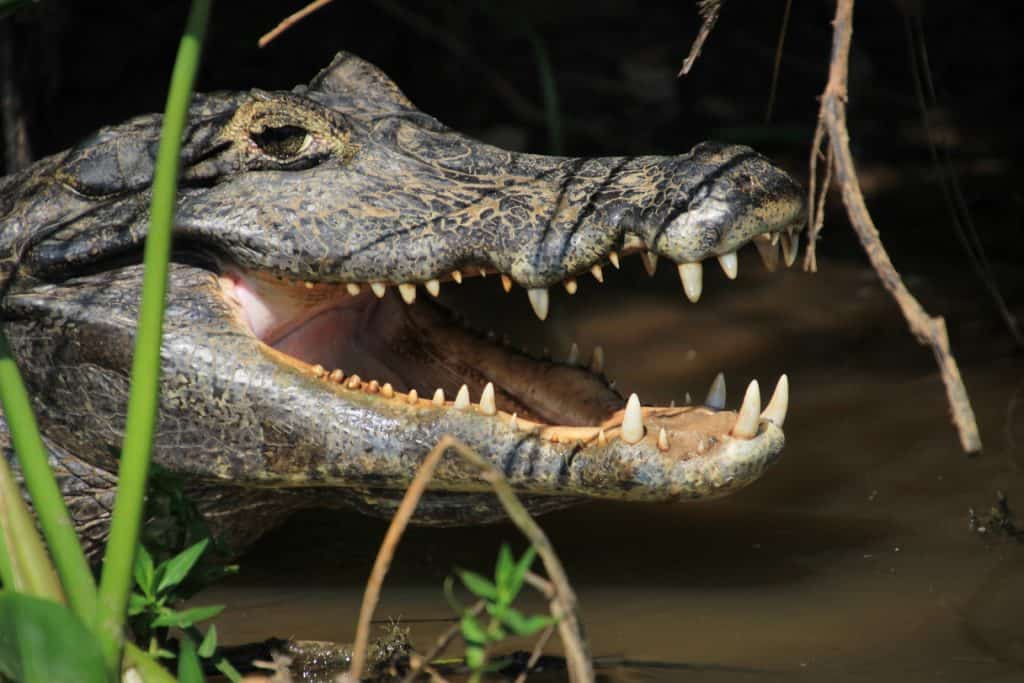

We stayed for 4 nights at Southwild Jaguar Flotel in the North Pantanal and for another 4 nights at Pousada Refugio da Ilha in the South Pantanal. At each lodge, we had our own English speaking naturalist guide who guided us on private wild life tours.
Each lodge offered their own daily programs but left it to us to ultimately decide at what time we wanted to start or stop, or whether we wanted to make changes to the activities.
All meals at the lodges were included in the cost of our stay, and any meals purchased on our way to or from a lodge were always at a good and well priced restaurants with clean bathrooms.
We had private transportation arranged from each airport to our lodges, or between lodges. Apart from some time in the North Pantanal, all roads were paved and well maintained. The people were friendly and hardworking, and we never felt unsafe at any time.
For more information about our time in the South and North Pantanal, and how best to plan a trip to this region of Brazil, please see Jaguar Safaris In The North And South Pantanal: Which Is Better?
Information About Bonito
Bonito is Brazil’s number one ecotourism destination. It is located in the Bodoquena Mountain range that borders the southern Pantanal. It has its own small airport, but can also be reached through larger airports, such as Campo Grande International Airport, which offers more flights from all over Brazil. However, Campo Grande is 158 miles (255 km) or around 4 hours drive.
Prior to going to Bonito, we were in the South Pantanal. Accordingly, we were picked up and driven from our lodge, Pousada Refugio da Ilha, to Pousada Boyra, our hotel in Bonito. This drive took 2.5 hours.
Bonito offers lots of hotels, lodges and other types of accommodation at various price points. The town itself is quite lovely, with lots of great restaurants and bars. If you are keen to have a small town/city experience in Brazil and do some souvenir shopping, this would be an ideal place to stay.
Although it is a very popular spot in Brazil to go for an adventure getaway, it hasn’t yet become a popular tourist destination for foreign tourists. This has many advantages, one of which is that it still feels very authentic. The downside is that less people speak English. This includes English speaking guides.
We found ourselves sharing our English speaking guide at a couple of the attractions, notwithstanding we had paid for a private guide. Our guide literally picked up other Portuguese and non-Portuguese speaking tourists at the attractions and added them to our tour.
For us, this was unusual and confusing, but apparently something that can happen while this area is low on multi-lingual guides. However, it still didn’t feel right that I was paying for a private guide while other tourists were getting his services for free.
I would suggest discussing this issue with your travel agent prior to booking and confirming what you should expect from your day with your guide.
This did not happen anywhere else on our trip to Brazil or Argentina.
Pousada Boyra
We stayed at Pousada Boyra, a beautiful resort 30 minutes outside of the town of Bonito. This charming hotel offered large rooms in small cabins, a large outdoor pool with lounge chairs and pretty views over rolling hills and the river below.
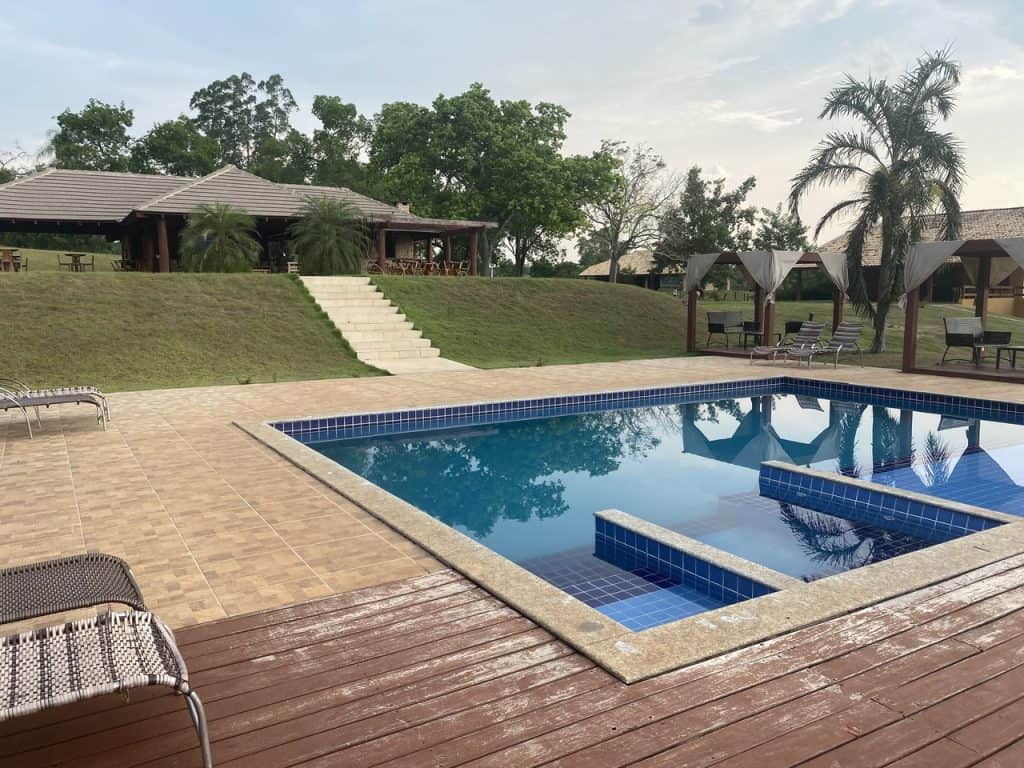
Next to the pool, was a separate games area and outdoor living room with TV and a bar. Breakfast and dinner were served in a separate building in a stylish dining room with another bar.
We booked the half board so our breakfast and dinner were included with the cost of our room. The food was very good, with very generous portions.
Apart from hanging out at the pool, you could paddle board, kayak and snorkel or swim in the crystal clear river. There were also walking paths along the river.
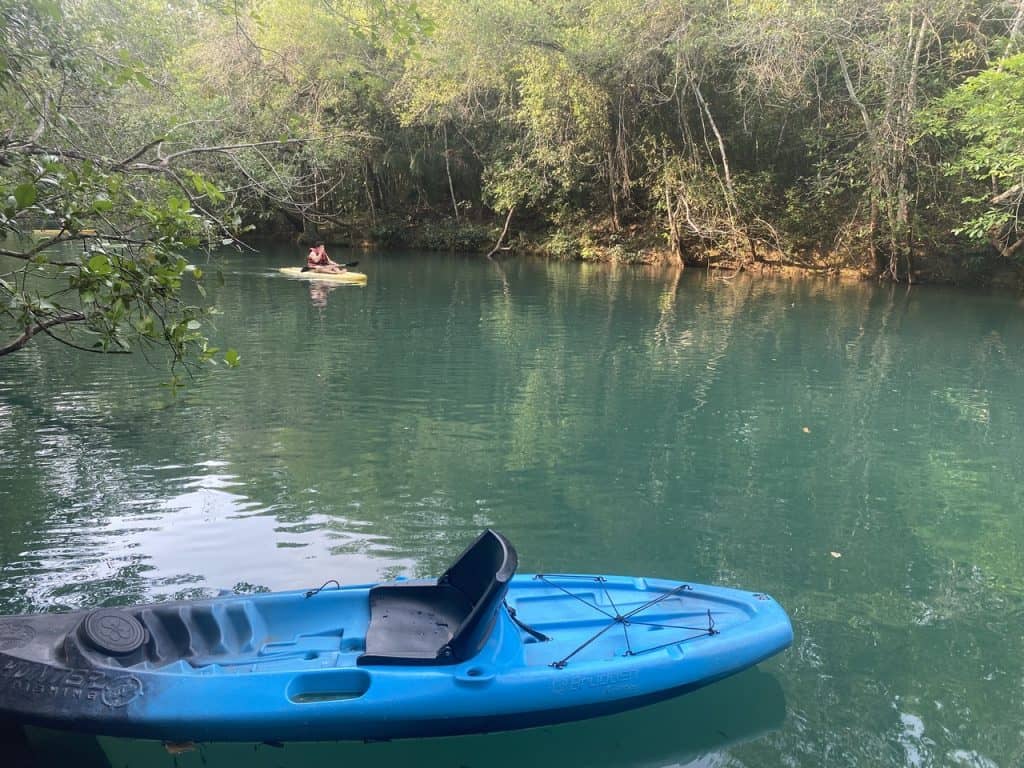
We thoroughly enjoyed our two night stay here. The staff were amazing – funny, helpful, and very keen to make our stay as perfect as possible.
Day One Of Our Bonito Holiday
We left our lodge in the South Pantanal after breakfast, stopped for lunch in the town of Bonito, and arrived at Pousada Boyra in the early afternoon. We spent the rest of the day laying by the pool, swimming in the river, and relaxing. After 10 busy days of traveling and exploring, it was wonderful having a half day with little planned.
Day Two of Bonito Vacation
This was our only full day in Bonito and it was packed with amazing sights and experiences. We went to:
- Gruta Do Lago Azul Natural Monument (Blue Lake Grotto);
- Buraco Das Araras (Sinkhole of the Macaws); and
- Rio Da Prata.
Blue Lake Grotto
We left very early in the morning with our guide and private vehicle and headed to Gruta Do Lago Azul Natural Monument (Blue Lake Grotto), around an hour’s drive.
On our way to the Grotto, we passed lots of open fields and Giant Anteaters! We saw one of these in the South Pantanal, but saw several of them in Bonito.
These creatures were both beautiful and bizarre looking. They had a small body and legs and then a ginormous tail that was so out of proportion to the rest of the body that it looked like it was going to cause it to topple over backwards.

Blue Lake Grotto is part of the largest flooded cavities on the planet, and littered with prehistoric animal bones. From saber tooth tigers to giant sloths, the underwater site is tremendously rich in giant mammal fossils.
The large cave is filled with breathtakingly clear blue water. Thought to be over 200 feet deep, the water turns a stunning blue when sunlight shines through a hole in the ceiling of the cave. It is believed that the lake is fed by an underground river that has not yet been located.
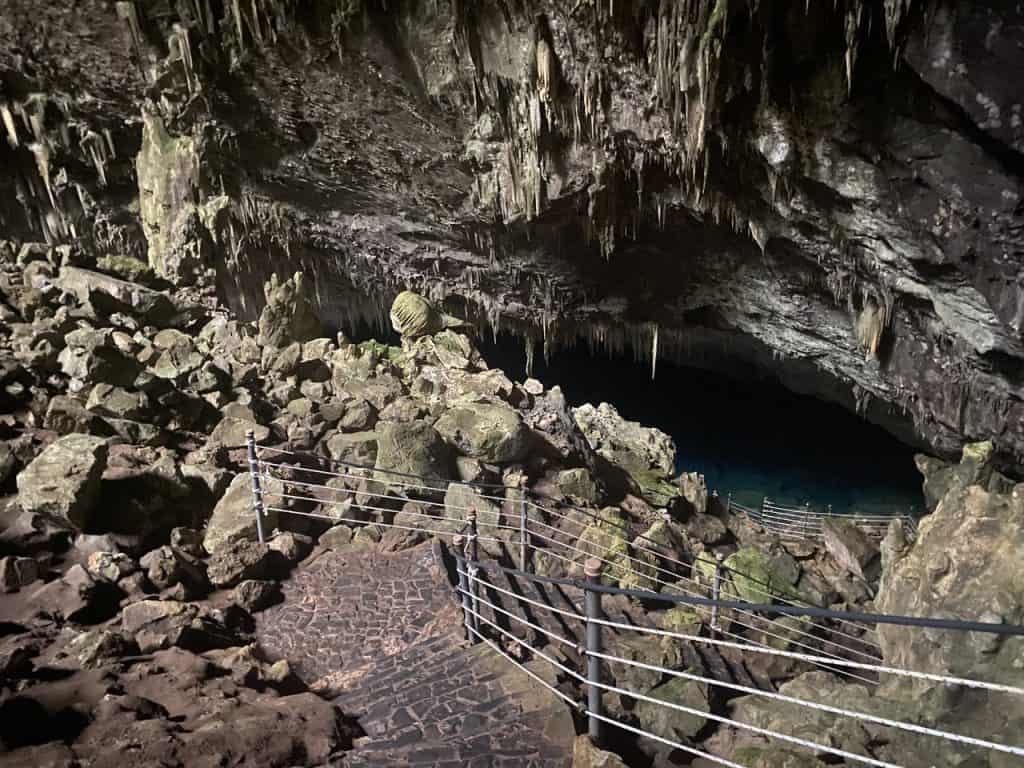
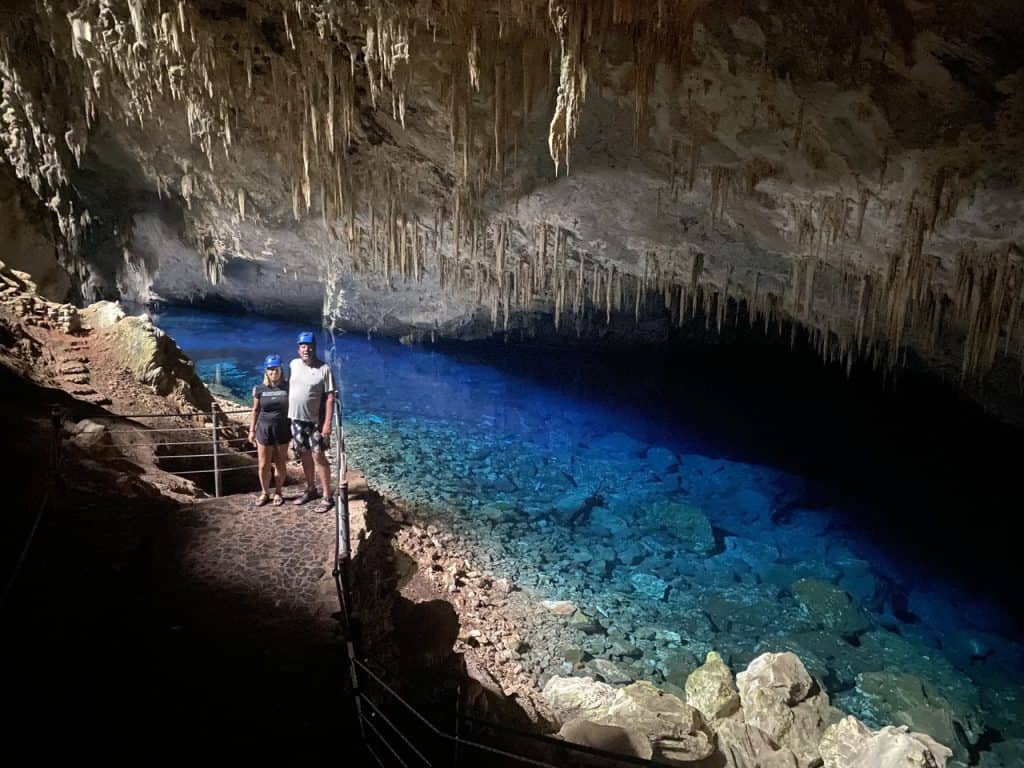
With our guide, we walked around 15 minutes in the jungle from the entrance along a level path to the gate in front of the Grotto. At our allotted time, we descended around 300 stairs that had been cut out of the rock to a viewing platform just next to the water. The cave is beautiful in and of itself, but the water is stunning.
The grotto is not wheelchair or stroller accessible, and the stairs are steep and can be a little slippery, so make sure you wear shoes with buckles or laces and a tread (not flip flops). You are given a helmet that must be worn at all times.
Only a limited number of people are allowed to purchase tickets and descend into the Grotto each day. Make sure that you purchase tickets in advance, especially on weekends and holidays.
Other Resources
We have had many wonderful adventures in South America. For more information about other destinations and our experiences, please see:
Buraco Das Araras
Next, we drove just over an hour to Buraco Das Araras (Sinkhole of the Macaws), South America’s largest sinkhole. About 1600 feet (500 meters) in diameter and 330 feet deep (100 meters), it is home to hundreds of macaws.
We followed a flat path in the jungle along the outskirts of the sinkhole. Our guide pointed out lots of interesting trees and plants, many of which have medicinal benefits.
On either side of the sinkhole, we came across 2 two-storey platforms. They provided remarkable viewing and photographic opportunities into the sinkhole and of the macaws.

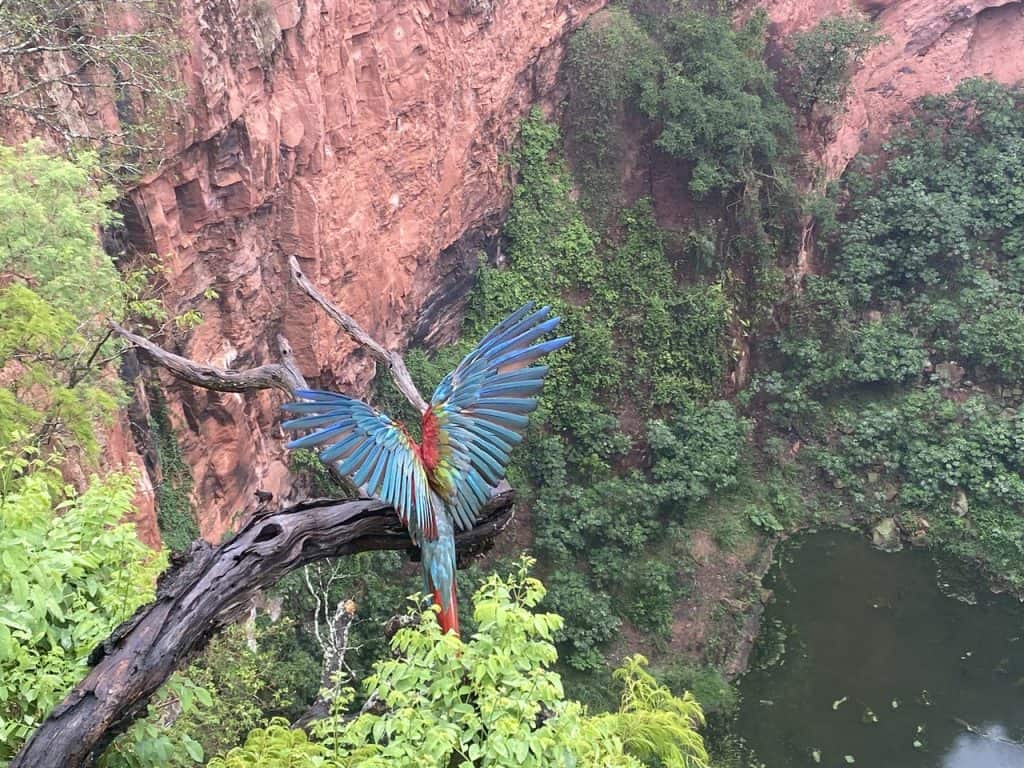
On average, there are 30-40 macaws in the vicinity at any one time, although there can often be many more (and less, if it is raining).
The red-and-green macaws are, without doubt, the main draw but there are plenty of other birds to see and photograph, such as toco toucans, blue-crowned motmots and blue-headed trogons.
Early morning and late afternoon visits are best for great lighting and taking photographs of the birds. Like the Grotto, it is best to pre-purchase tickets to guarantee entrance.
Rio Da Prata
We drove 23 minutes from Sinkhole of the Macaws to Rio Da Prata (Silver River).
Rio da Prata is the 3rd clearest water in the world and part of a private nature reserve that places a strong emphasis on sustainable tourism and conservation. The river’s allure lies in its astonishing visibility, allowing you to see every aquatic detail, including fish, underground springs, and vegetation, in breathtaking clarity.
We were fitted with a wet suit and snorkeling gear and headed to a school bus for a 10 minute drive. Once in the water, we quickly appreciated the wet suit. The water isn’t cold, but cool. However, because you float down the stream pushed by the current and you rarely swim (as you are often only mere inches from the bottom or rocks), your body temperature quickly goes down.
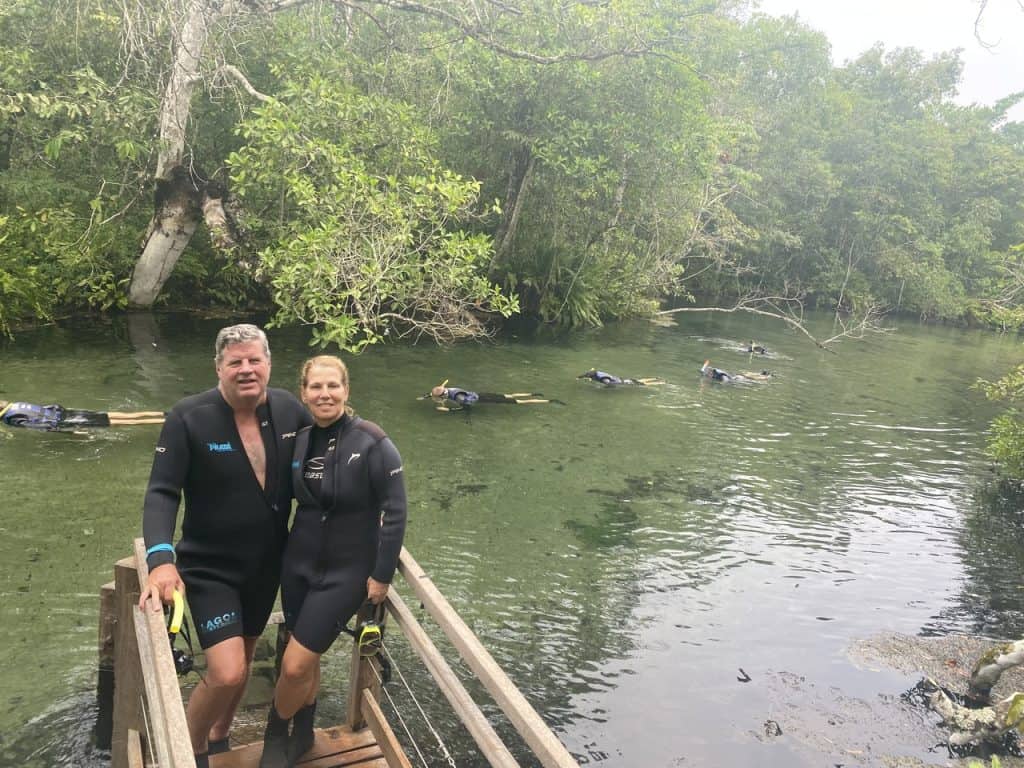
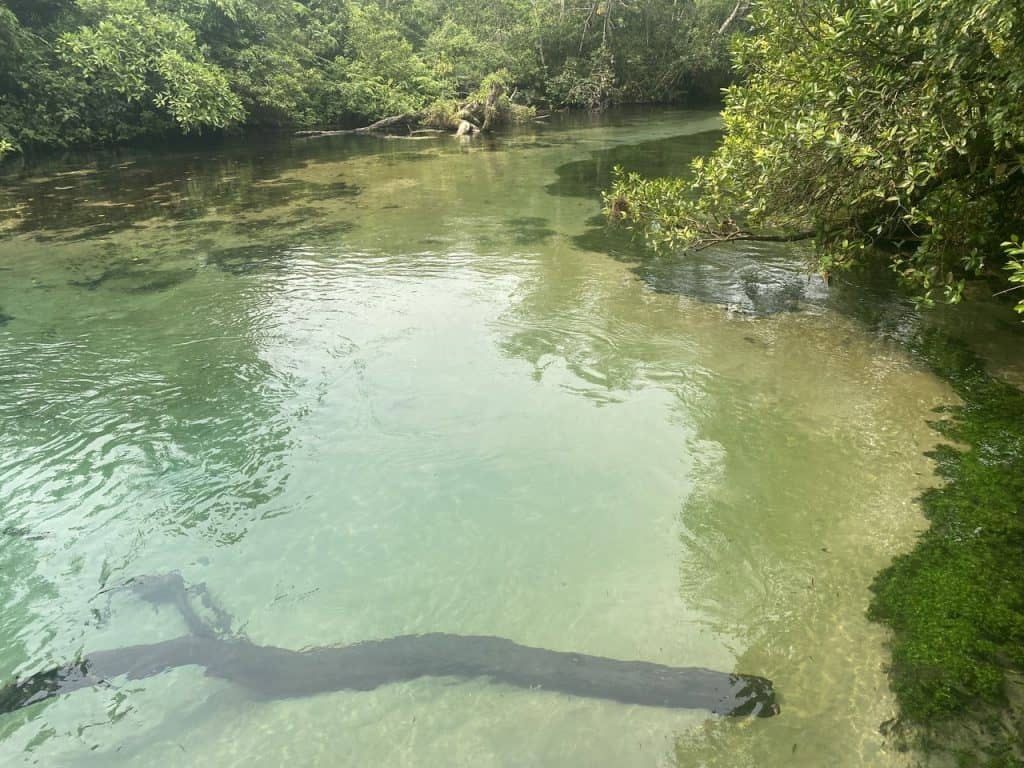
After a short walk through the rainforest, we snorkeled 1.9 miles (3 km) downstream along Rio Olha d’Agua and Rio da Prata passing some of the 55 species of fish, such as the yellow-finned Piraputanga, the iconic dorado fish, and the little, bright-red Mato Grosso fish.
At the end, we arrived at a larger river that was dark brown and murky. At this point, you could climb into a waiting boat or snorkel the remaining 55 yards (50 meters) to the dock. Although the water was murky, you could still see fish and vegetation under the water, although only immediately around you.
We decided to swim and snorkel the rest of the way. When we were only a few yards away from the dock, an employee in the water waved us over a few feet towards the river bank and pointed to a 7 foot anaconda hanging out just below the surface. It was a really amazing thing to see, except for a few panicked seconds, when I couldn’t stop the current from pushing me towards the snake.
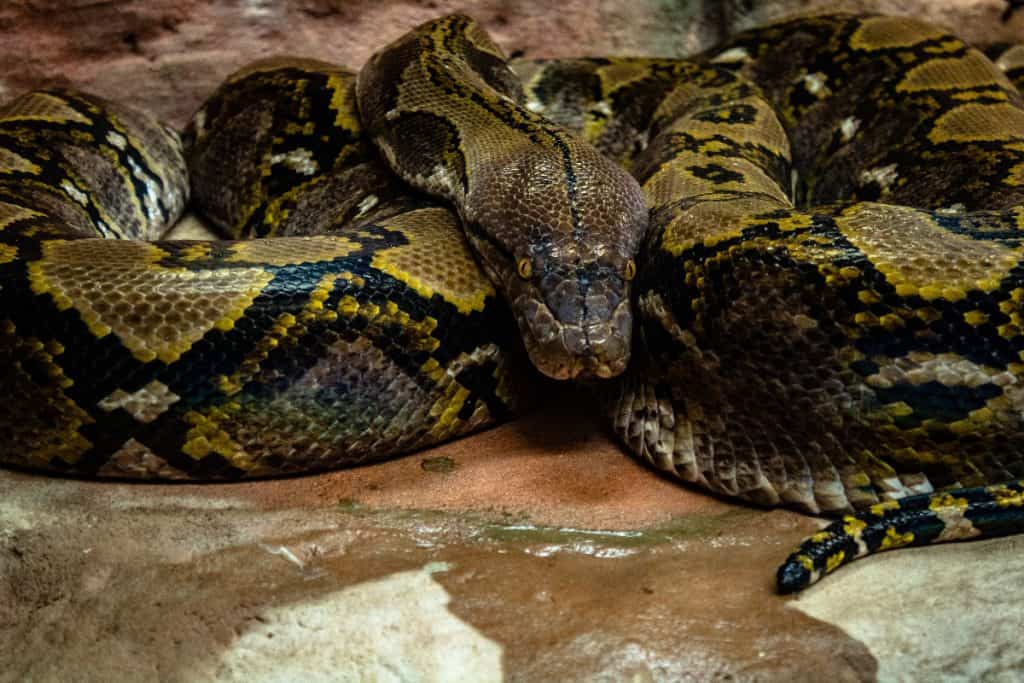
Thankfully, I managed to stop and back up. Over a couple of minutes, we got a really good look at the anaconda. Then, we quickly hopped out of the river, not wanting to find out what else lurked below.
We returned to the entrance, changed, and ate an excellent meal back at the restaurant before driving 40 minutes back to the hotel.
We really loved this experience. It was so different from anything that we had done in Brazil and the visibility of the underwater wildlife was mesmerizing.
Like the other attractions in Bonito, there is limited number of tickets sold for each day so make sure you book your tickets in advance.
Day 3 Of Our Bonito Getaway
We woke up early to drive the 4 hours to Campo Grande Airport for our flight to Iguazu Falls.
Last Word
Bonito is a spectacular destination in the South Pantanal in Brazil. There are beautiful lodges and hotels, and amazing natural wonders and wild life to discover. If you have the time, it is a worthwhile addition to any itinerary in the Pantanal or Brazil.

